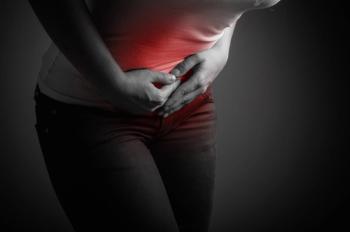
Vitamin D intake in pregnancy linked to offspring muscle strength
A toddler’s muscle strength may owe something to its mother’s intake of vitamin D during pregnancy, according to results of an observational study by UK investigators published in the Journal of Clinical Endocrinology and Metabolism. Vitamin D has been implicated in postnatal muscle function before but little is known about how antenatal exposure impacts programming of muscle development.
A toddler’s muscle strength may owe something to its mother’s intake of vitamin D during pregnancy, according to results of an observational study by UK investigators published in the
Nearly 400 mother-child pairs from the Southampton Women’s Survey (SWS) were included in the prospective analysis by researchers from the Medical Research Council Lifecourse Epidemiology Unit (MRC LEU) at the University of Southampton. The focus was on assessing associations between maternal plasma 25(OH)D status at 34 weeks’ gestation and offspring lean mass and muscle strength at age 4 years.
Hand grip strength and lean mass and percent lean mass were assessed in all the children with whole-body dual-energy x-ray absorptiometry; in a subset (n=326), physical activity was assessed with 7-day accelerometry.
Even after adjustment for maternal confounding factors, duration of breastfeeding and a child’s physical activity at 4 years, maternal vitamin D intake during pregnancy was positively associated with height-adjusted hand grip in the children (β=0.13 SD/SD, P=0.14). Maternal vitamin D intake also was positively associated with offspring percent lean mass (β=0.11 SD/SD, P.006) but not total lean mass (β=0.06 SD/SD, P=.15), an observation that did not persist after adjustment for confounding factors (β=0.09 SD/SD, P=.11).
Intrauterine exposure to vitamin D in late pregnancy, the researchers concluded, might influence offspring muscle development through an effect primarily on muscle strength rather than muscle mass. Said lead researcher Dr. Nicholas Harvey, Senior Lecturer at the MRC LEU at the University of Southampton, “It is likely that the greater muscle strength observed at four years of age in children born to mothers with higher vitamin D levels will track into adulthood, and so potentially help to reduce the burden of illness associated with loss of muscle mass in old age.”
To get weekly advice for today's Ob/Gyn,
Newsletter
Get the latest clinical updates, case studies, and expert commentary in obstetric and gynecologic care. Sign up now to stay informed.











